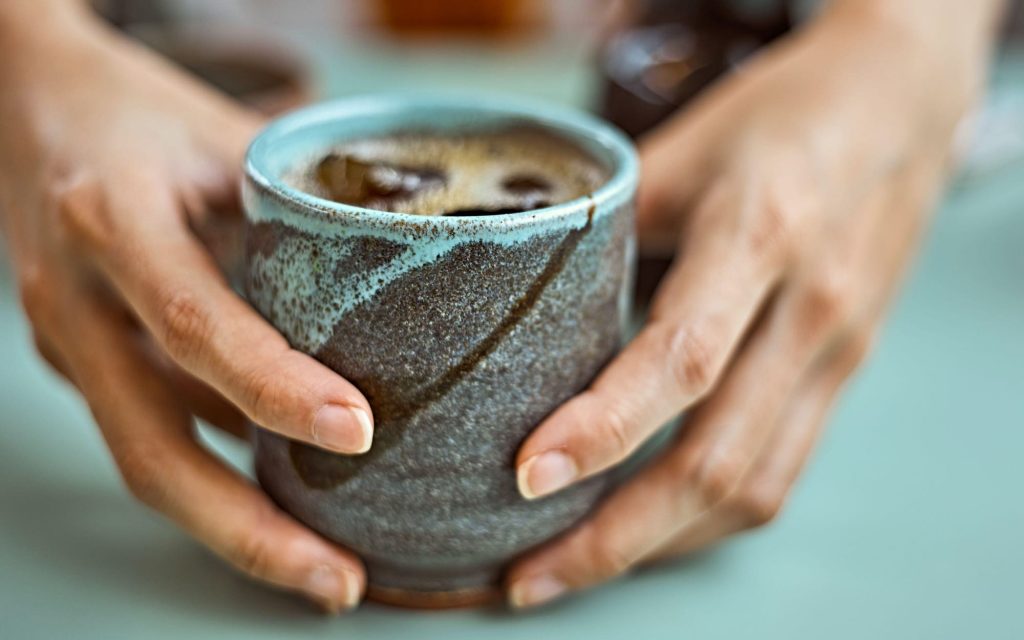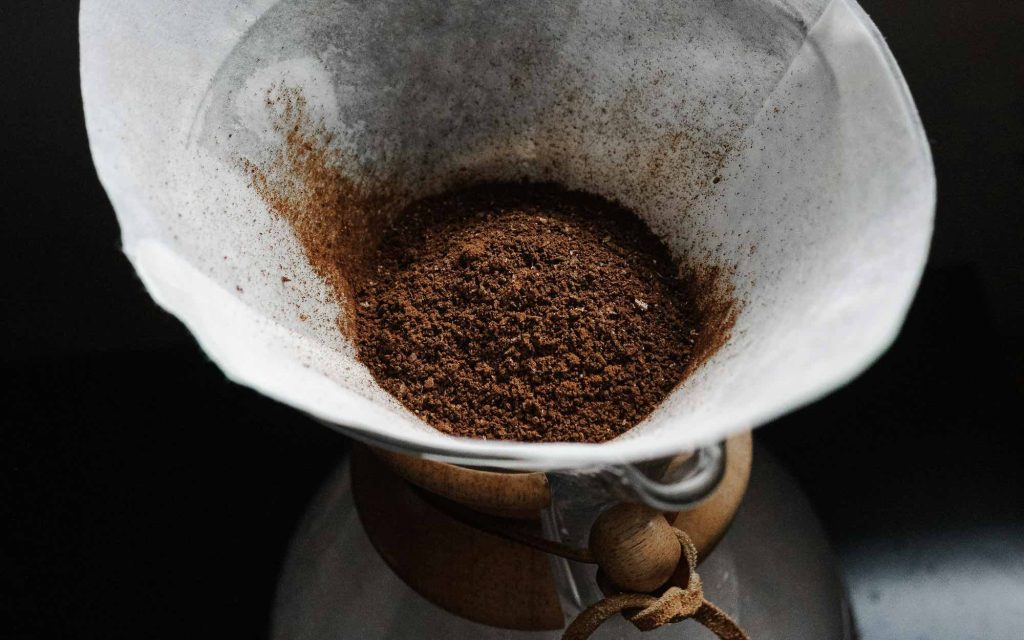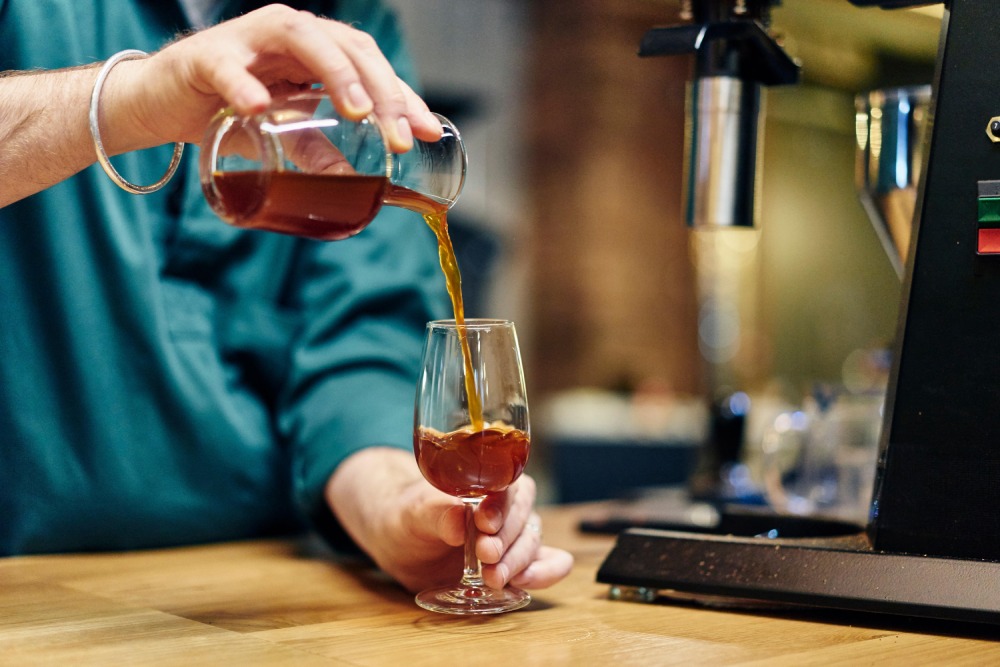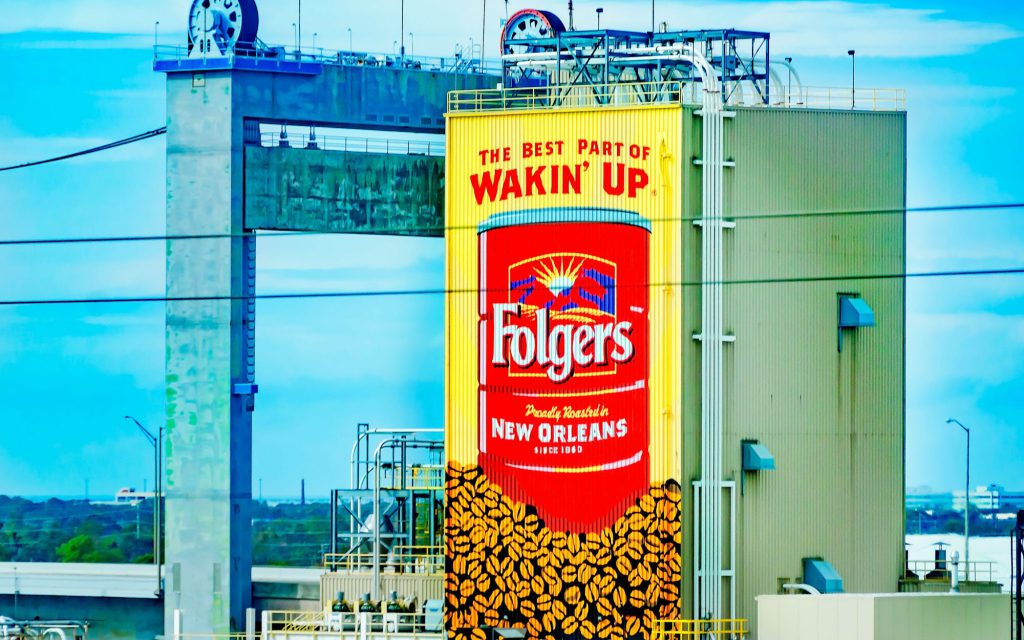New study on cold brew food safety: Why coffee shops should pay attention

Cold brew has been a huge catalyst for innovation in the coffee industry. Over the past few years, the cold coffee market has diversified immensely – ranging from ready-to-drink options to concentrates to flash brew.
Despite this market growth, cold brew still remains one of the most popular options. Simply put, people love cold brew, and it has since become a staple on most coffee shop menus.
For a long time, cafés have been making their own versions of cold brew, but conversations about health and safety concerns have only just started to really emerge in recent years. And following a new study conducted by University of Georgia about potential pathogen growth, it’s clear that the discourse about cold brew food safety is incredibly important.
To learn more, I spoke to Randy Anderson, cold brew consultant and expert, and Krzysztof Barabosz, co-founder and Head of Coffee at Hard Beans.
You may also like our article on why the coffee industry needs to take cold brew food safety seriously.
Understanding health and safety concerns
Now more than ever, there are many different ways to prepare cold brew. These can range from:
More “traditional” methods of steeping ground coffee in water for up to 24 hours
Japanese Kyoto-style cold drip, which can take up to eight hours to make eight cups
Making coffee concentrates to dilute with water
Using machines which can prepare batches of cold brew within minutes
No matter which method you use, however, one thing is crucial – the temperature of the water.
Krzysztof Barabosz is the co-founder of Hard Beans, a specialty coffee roastery in Opole, Poland. He also founded Hardtank – a cold brew solutions company.
“Making cold brew involves steeping coffee grounds in water over an extended period without applying heat,” he says. Unlike espresso and filter coffee, cold brew production relies on room temperature (or below) water, so the coffee grounds need to be in contact with the water for typically much longer.
While lower brewing temperatures result in a less acidic and sweeter beverage than hot brewed coffee, it can create its own unique set of challenges.
“This environment can encourage the growth of various microorganisms, including bacteria, yeast, and moulds,” Krzysztof says. “While hot brewed coffee is generally considered acidic, cold brew typically has a pH level ranging from 4.85 to 5.10.
“Although this pH range is not highly conducive to the growth of many harmful bacteria, it’s important to note that acidity doesn’t affect all microorganisms are equally,” he adds. “Some bacteria, particularly acid-tolerant strains, can still survive and even proliferate in mildly acidic conditions – including certain pathogens that might cause foodborne illnesses.”
New information on cold brew food safety
Cold brew’s less acidic and perceived “smoother” flavours are what makes it so popular. But a recent study conducted by University of Georgia researchers found that the lack of acidity in cold brew can lead to serious issues if proper food safety practices aren’t in place in coffee shops.
As part of the study, scientists at the university’s Center for Food Safety intentionally added different bacteria strains to cold brew, including the four most common types:
Escherichia coli (or E. coli) – can cause serious illness (such as a fever) and may require medical treatment
Salmonella – can result in diarrhoea, fever, and stomach pains
Bacillus cereus – can also cause diarrhoea and vomiting
Listeria monocytogenes – can lead to developing a fever and flu-like symptoms
From anywhere between nine and 12 days, the study found that the pathogens were able to survive in the cold brew. This effectively means that if contamination occurs when preparing cold brew, the risk of certain bacteria growing and surviving increases – and could potentially infect consumers.
How coffee shops can take appropriate action
Effectively, the study from University of Georgia found that different strains of bacteria can’t naturally grow in cold brew, but instead are added through contamination.
“Contaminants can come from the coffee beans, equipment, and the environment you make cold brew in,” Krzysztof says. “Without proper controls, these microorganisms can proliferate and pose health risks to consumers.”
For larger-sized coffee shops and roasters who sell their own ready-to-drink (RTD) cold brew – and thereby often outsource manufacturing – these concerns are certainly important, but are most likely already accounted for. Producing cold brew in a dedicated facility with commercial equipment often comes with a more strict set of food safety requirements and practices.
However, for smaller coffee shops and roasters who make cold brew in house, the study poses some vital questions to address.
Randy Anderson is a US consultant who has over two decades of experience in the industry, and 11 years working with cold brew. He explains some common concerns with in-house cold brew production.
“It’s generally not a very hygienic process,” he says. “The fact that people leave cold brew to steep for up to 24 hours outside of refrigeration is by itself a violation of food safety laws in many parts of the US.
“In years past, it’s been a common practice for coffee shops using buckets to prepare cold brew to leave those buckets open to the air,” he adds. “Staff must absolutely do this away from public view and while wearing gloves. Food safety standards are very important to adhere to.”
Common mistakes to avoid
The recent study could certainly be a cause for concern for many coffee shops and roasters. But considering there needs to be contamination for bacteria to grow in cold brew, there are definitely ways for businesses to avoid these issues in the first place.
Krzysztof points out some common mistakes that can lead to cold brew contamination:
Inadequate sanitisation – insufficient cleaning of equipment and surfaces used during cold brew production can introduce and promote the growth of harmful microorganisms
Extended brewing and storage times – leaving cold brew to be brewed or stored for extended periods, especially within the “danger zone” (between 8°C and 60°C, or 40°F and 140°F) creates a favourable environment for microbial growth
Poor personal hygiene practices – improper hand washing or failure to wear protective clothing can lead to cross-contamination
Insufficient training – if staff members are not adequately trained in food safety practices, they may unknowingly contribute to contamination
No implementation of Hazard Analysis and Critical Control Point plans for cold brew production (a way of managing food safety hazards)
Implementing good food safety practices
In addition to being aware of common mistakes related to cold brew food safety, there are many ways that coffee shops can put more formal health and safety measures in place.
Krzysztof tells me these include:
Equipment and surface sanitisation – taking a more rigorous approach to cleaning and sanitising all equipment, vessels, and surfaces, such as kegs, containers, and countertops. Daily sanitisation not only mitigates the risk of microbial contamination, but also helps prevent cross-contamination between batches
Water quality – the water used during cold brew production must meet safety and quality standards. Any contamination can introduce harmful microorganisms, so regular testing and monitoring of water sources are vital to safeguard against potential risks
Handling ingredients – staff should handle and store coffee beans properly
Controlling temperature – the temperature at which cold brew is prepared, stored, and transported plays a crucial role in inhibiting the growth of harmful microorganisms
According to the US Food and Drug Administration’s low-acid food regulations, if the brewing process takes longer than two hours, cold brew should be stored at refrigerated temperatures, specifically below 5°C (41°F) to avoid the growth of potentially dangerous pathogens
Proper hygiene practices – encouraging and maintaining strict personal hygiene practices is critical, including proper handwashing techniques and using appropriate protective clothing (such as gloves, masks, and hair caps) to avoid direct contact with the cold brew
Randy also points out that new cold brew technologies and systems are helping to address some of these issues.
“There are now better and more modern brewing methods that can reduce the issues related to low-acid beverages like cold brew being left outside of refrigeration for more than two hours,” he says. “Of all the alternative brewing methods, there are several that can make cold brew in under an hour, which is certainly preferable.”
Complying with local and national food safety regulations
Food safety laws vary across the world, so coffee shops and roasters need to understand their own local and national regulations. In doing so, they can steer clear of facing issues that could potentially lead to serious consequences.
“Having a staff member who has a US Preventive Controls Qualified Individual certification will not only let your customers know that you have staff who are familiar with safety measures, but also local health officials,” Randy says. “The cost of online certification is usually less than US $300.”
More importantly, however, coffee businesses need to be vigilant about cold brew food safety.
“By implementing a HACCP plan, coffee shops can systematically identify potential hazards, apply appropriate controls, and ensure that critical safety measures are consistently met throughout cold brew production,” Krzysztof tells me. “This plan helps to minimise the risk of foodborne illnesses, maintains product quality, and establishes a robust framework for compliance with food safety regulations.”
The conversation about cold brew food safety is growing, and research is continuing to show us that coffee shops need to take action accordingly.
By far the most important step is implementing proper hygiene practices. And beyond this, coffee businesses should strive to be as attentive as possible to their in-house cold brew production.
Enjoyed this? Then read our article on how cold brew technology is evolving.
Perfect Daily Grind
Want to read more articles like this? Sign up for our newsletter!
The post New study on cold brew food safety: Why coffee shops should pay attention appeared first on Perfect Daily Grind.





Responses